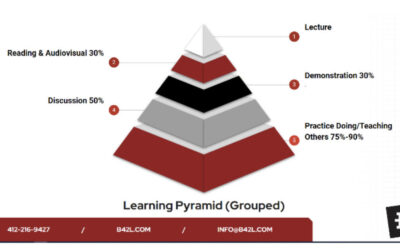Best Practices for Preventing Injuries
Hand tools and power tools are essential for getting the job done in many industries, from construction, oil and gas, landscaping and manufacturing. However, if they are not used safely, they can cause serious injuries. In this toolbox talk, we will discuss some best practices for using hand tools and power tools safely.
- Choose the Right Tool for the Job
Before starting any job, it’s essential to select the right tool for the task at hand. Using the wrong tool can lead to accidents and injuries. When selecting a tool, consider the size of the job, the material you’re working with, and the space you’re working in. Make sure the tool is designed for the specific task you need to complete.
- Inspect Tools Before Use
Before using any hand tool or power tool, it’s essential to inspect it thoroughly for damage or defects. Check for cracks, breaks, or any other signs of wear and tear. Ensure that all guards, safety switches, and other safety features are working correctly. If you find any defects, do not use the tool until it has been repaired or replaced.
- Follow Proper Handling Procedures
When using hand tools or power tools, it’s essential to follow proper handling procedures. Never use a tool in a way that it was not intended to be used. Keep your hands and fingers away from moving parts, and use the appropriate grip when handling the tool. Make sure your work area is well lit and free of clutter.
- Wear Proper Personal Protective Equipment (PPE)
Personal protective equipment (PPE) is essential when working with hand tools and power tools. Depending on the tool and the job, you may need to wear eye protection, ear protection, gloves, or other PPE. Make sure you understand what PPE is required for the job, and wear it at all times.
- Follow Manufacturer Instructions
It’s essential to follow the manufacturer’s instructions when using any hand tool or power tool. The manufacturer’s instructions will provide you with important safety information, such as the tool’s capabilities, limitations, and proper use. Make sure you read and understand the instructions before using the tool.
- Never Modify Tools
Never modify a hand tool or power tool. Modifying a tool can compromise its safety and put you at risk of injury. Only use tools that have been designed and manufactured for the specific task you need to complete.
- Disconnect Power Tools Before Maintenance
Before performing any maintenance on a power tool, make sure you disconnect it from its power source. This will prevent accidental start-up and reduce the risk of injury.
- Proper Storage and Maintenance
Proper storage and maintenance of hand tools and power tools are essential for their longevity and safety. Store tools in a dry, secure location, away from children and unauthorized persons. Regularly inspect tools for signs of wear and tear, and perform maintenance as needed.
Conclusion
Hand tool and power tool safety is essential for preventing injuries. Follow these best practices to avoid injuries.





